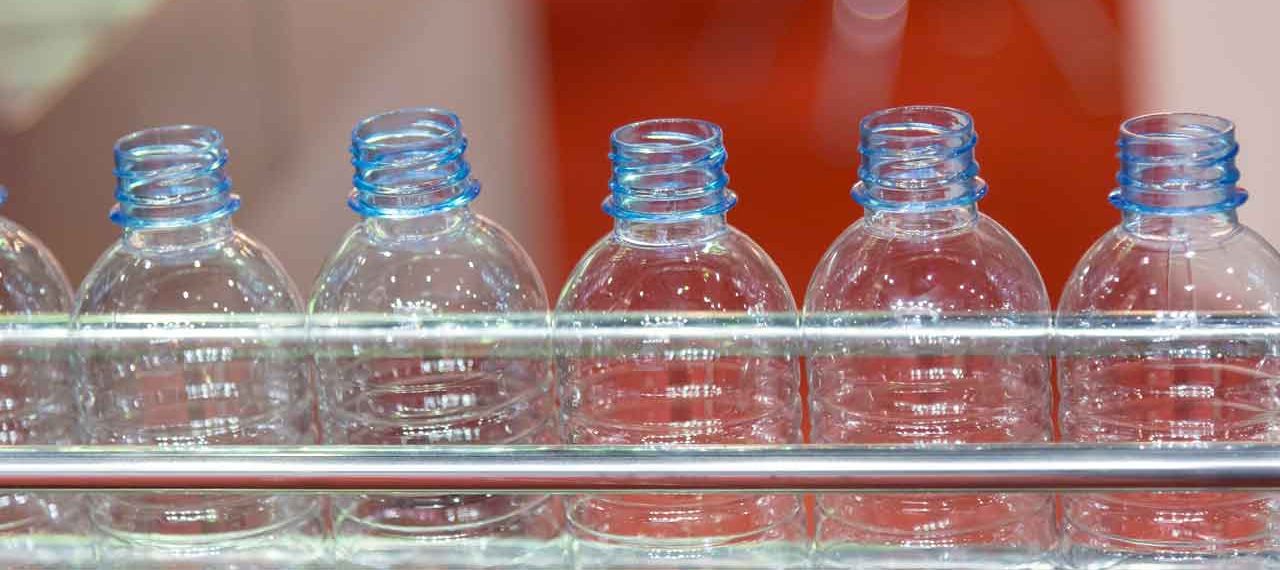Will Chemicals in Plastic Hurt You?

Even if you’re looking for plastic products labeled “BPA-free,” the replacement plastics manufacturers now use may be just as harmful. Here’s how to reduce your exposure to chemicals in plastic.
Remember the BPA controversy a few years ago? If you do, you probably now look for plastic products that are labeled “BPA free” — or maybe you’re wondering what that even means.
It may not mean much.
Unfortunately, evidence suggests that what manufacturers are now using to replace BPA in many everyday plastic products may be just as harmful.
YOU MIGHT ALSO LILKE: Toxic Chemicals in Childhood
Bisphenol A, known as BPA, and other chemicals such as phthalates and pesticides have a host of effects on human and animal cells. As a group, they’re called endocrine-disrupting chemicals, or endocrine disruptors.
Nancy Wayne, a neuroendocrinologist at the UCLA School of Medicine, studies these chemicals. Cells throughout the body respond to hormonal signals in highly variable ways, while chemicals like BPA alter such signals. “Endocrine-disrupting chemicals, at very low levels, have a lot of different effects,” she says. “They can act like an androgen, they can act like an estrogen, they can act like a thyroid hormone, and it’s very dependent on the cell type that you’re looking at.”
As a result, endocrine disruptors have been linked to conditions as diverse as hormone-sensitive cancers (like breast, ovarian, and prostate cancer), reproductive disorders in men (like cryptorchidism, or an undescended testes, along with other genital birth defects), and type 2 diabetes and cardiovascular conditions. When endocrine disruptor exposure occurs at a young age, the effects can be lifelong. There’s even evidence they affect human DNA, meaning their damage can be passed on to future generations.
In 2015, the Endocrine Society, a U.S. based organization of global scientists, released a strongly worded report summarizing the past five years of study on endocrine disruptors — a body of research it called “a leap forward in our understanding.”
“The evidence is more definitive than ever before — endocrine disruptors disrupt hormones in a manner that harms human health,” Andrea C. Gore, a professor at the University of Texas at Austin and chair of the report, said when the report was released in September.
The bad news: avoiding BPA alone may not help. “Manufacturers, when they say that their product is BPA free, they’re not explaining — and nor are they required to explain — what they substituted BPA with,” Wayne explains.
A common replacement is bisphenol S, or BPS, which has a chemical structure very similar to BPA. Wayne points out that it’s already clearly in circulation. A 2012 study found BPS in human urine in 81 percent of people randomly sampled from half a dozen countries, including the United States. “All these manufacturers are doing, it appears, is to substitute one endocrine-disrupting hormone for another one, but giving the public the misconception that because it’s something BPA-free, it’s safer,” Wayne says.
YOU MIGHT ALSO LIKE: Toxic Chemicals During Pregnancy and Breastfeeding
In research published in 2015, Wayne and several colleagues looked at BPS and BPA in zebrafish, which scientists often employ because they’re genetically similar to humans — and, helpfully, transparent. It turns out BPA and BPS had very similar effects: both bisphenols prematurely activated genes and brain cells that control reproduction in zebrafish embryos.
Since Wayne’s study was in fish, some might argue those effects can’t be transferred to humans. But, she responds, the evidence is too strong to shrug off: “If this was the only experiment — let’s say, the very first experiment that was ever done looking at endocrine disruptors, I think it would be easy to dismiss.”
“However, when you take a look at the thousands of studies that have been published, and the weight of the information, it’s all pointing in the same direction — that these endocrine disruptors are having consequences on cell functions that are harmful.”
The Endocrine Society report echoes her caution, emphasizing the weight of the existing data and suggesting international guidelines be changed to incorporate recent results in manufacturing processes.
In the meantime, what can you do to reduce your exposure? “What I advise people is to control what you can control,” Wayne says. “Plastic is a ubiquitous part of our lives. However, you can make choices as a consumer.”
Here’s what she suggests:
- Use a stainless steel container to carry water, not plastic bottles — even if they’re labeled BPA-free.
- Store food in glass. While it’s not always practical to transfer everything you buy to glass, Wayne says she’s particularly careful to do so with acidic foods like tomatoes, since they’re more likely to interact with the chemicals in plastic. (Also avoid canned foods when you can, since many still contain BPA in their liner — and even if they don’t, it’s unclear what manufacturers are replacing it with.)
- If you do use plastics, wash them by hand with warm soap and water. Never put plastic used for food or water in the dishwasher. Harsh detergents and heat weaken plastics, making it more likely their chemicals will leach into food.
- Never microwave food in plastic. Heat “will compromise the structural integrity of plastic,” Wayne says — so even if it’s labeled microwave- or dishwasher-safe, it’s really not.
Updated:
March 30, 2020
Reviewed By:
Christopher Nystuen, MD, MBA